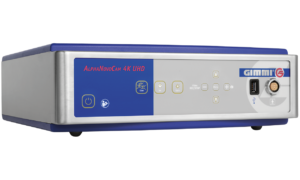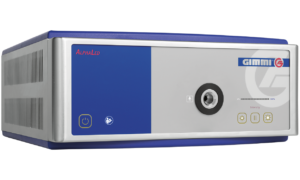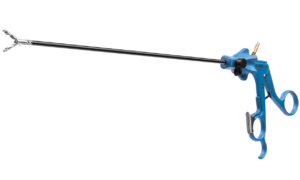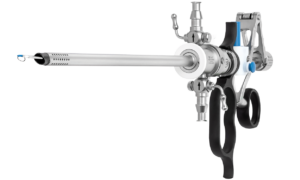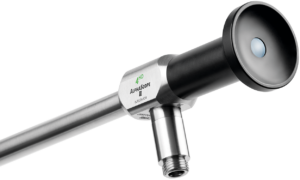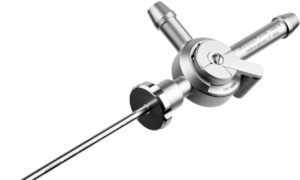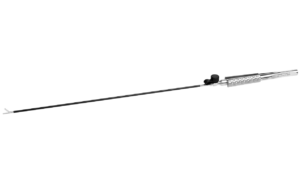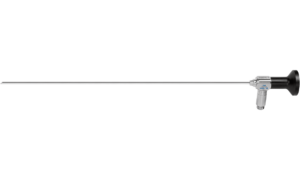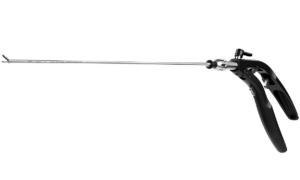Laparoscopy instruments –
For minimally invasive surgeries
Laparoscopy is a surgical technique that offers numerous benefits over traditional open surgeries, such as less scarring, less pain and a shorter recovery period – making it a preferred choice for both patients and surgeons.
High variety of our laparoscopy instruments
To ensure your results, we offer various special instruments. They help you perform a successful laparoscopic procedure. The quality, compatibility, and proper handling are crucial for achieving surgical outcomes and patient safety.
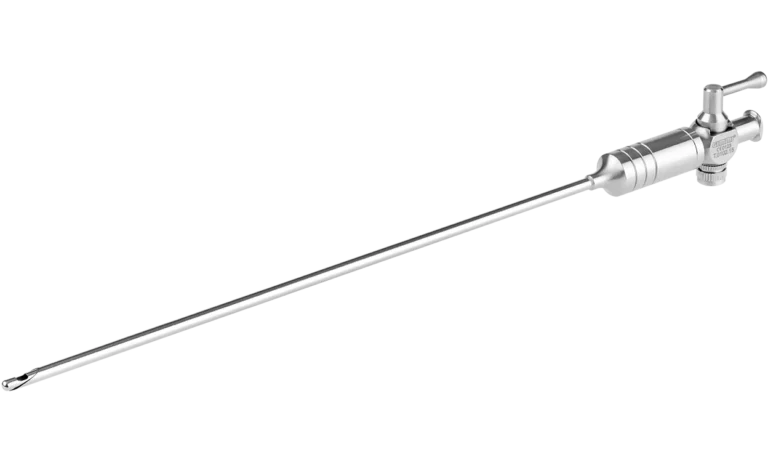 Veress Needle
Veress Needle
The Veress needle is a specialized needle used in laparoscopic procedures to create a pneumoperitoneum, which is the inflation of the abdominal cavity with carbon dioxide gas. It is inserted through a small incision and allows for the introduction of the gas to create the necessary working space for the surgery.
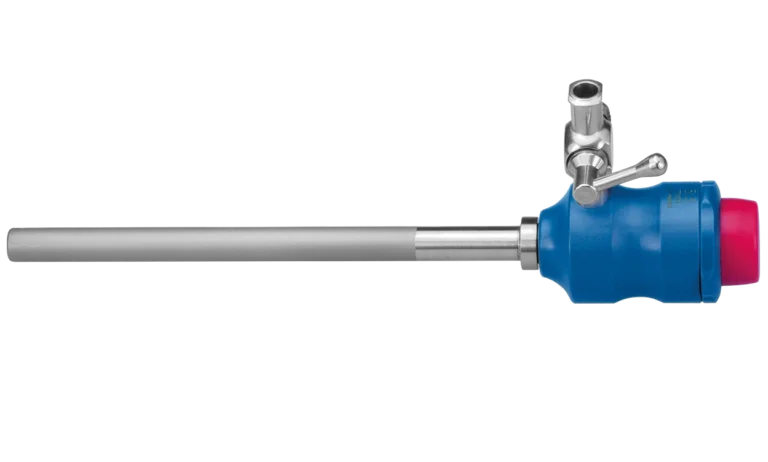 Trocar Systems
Trocar Systems
Trocar systems consist of various components, including trocar bodies, systems, sleeves and reducers. Trocars are sharp, pointed instruments used to create the initial entry point into the abdomen. The trocar systems provide a pathway for the insertion of other laparoscopic instruments.
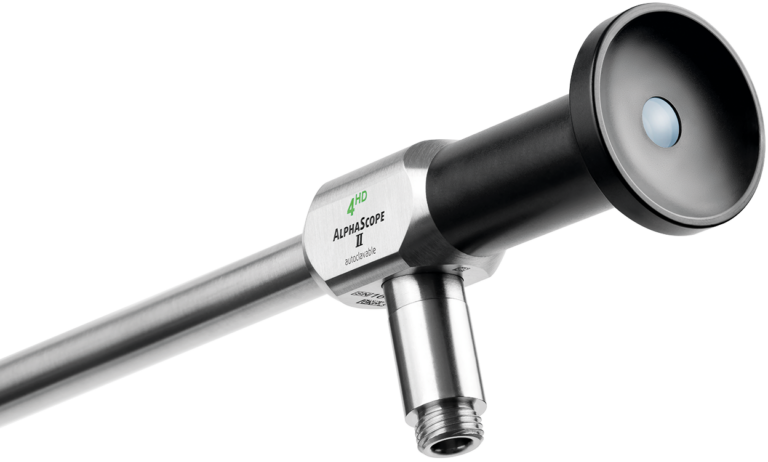 Laparoscopes
Laparoscopes
Laparoscopes are long, rigid tubes with a light source and camera attached to their end. They are inserted through one of the small incisions to provide visualization of the surgical site. The camera captures the images, which are transmitted to a monitor, allowing the surgeon to view the procedure in real-time.
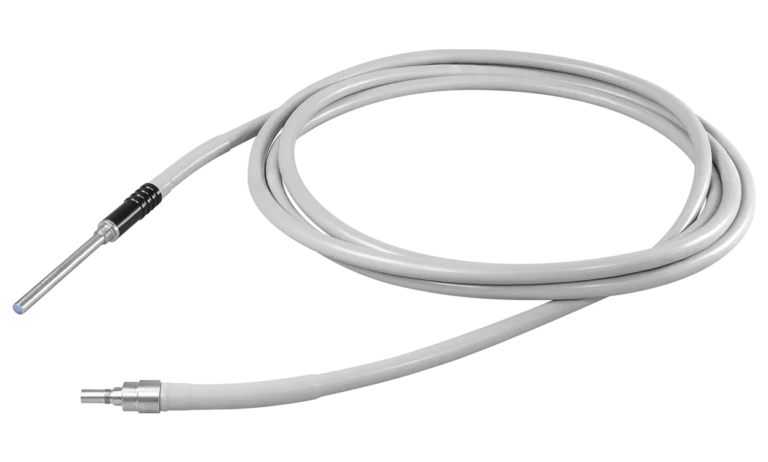 Fiber Optic Light Cables
Fiber Optic Light Cables
Fiber optic light cables are used to transmit light from an external light source to illuminate the surgical field during laparoscopic procedures. The cables are flexible and transmit light through optical fibers, ensuring proper illumination for enhanced visibility.
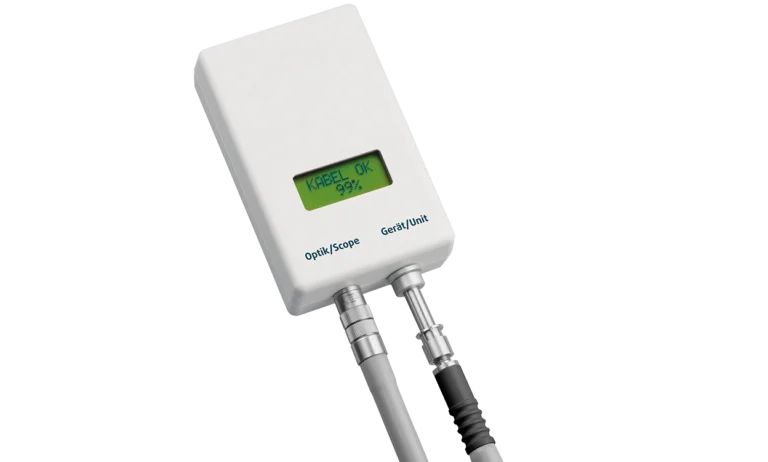 Optic Light Cable Tester
Optic Light Cable Tester
An optic light cable tester is a device used to check the functionality and integrity of fiber optic light cables. It ensures that the cables are properly transmitting light, which is essential for maintaining optimal illumination during laparoscopic procedures.
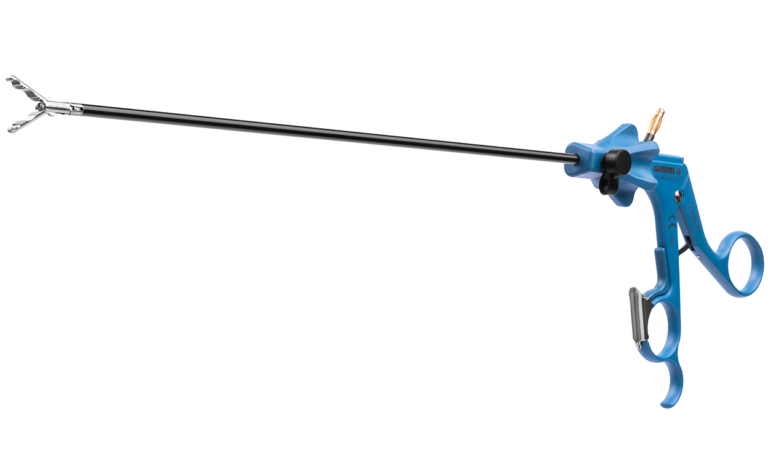 Monopolar Instrument Systems
Monopolar Instrument Systems
Monopolar instrument systems consist of handles and forceps designed for laparoscopic procedures. These instruments use monopolar energy to perform cutting, coagulation, and cauterization of tissues. The handles provide control and actuation of the forceps.
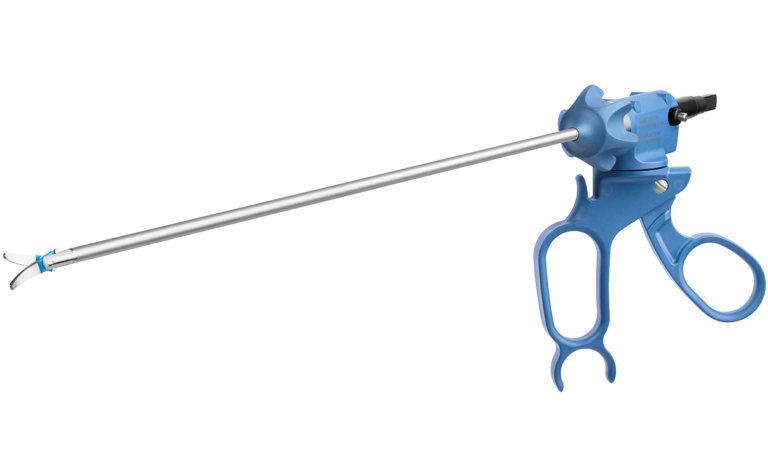 Bipolar Instrument Systems
Bipolar Instrument Systems
Bipolar instrument systems include forceps, handles, sheaths, and scissors. These instruments use bipolar energy to perform precise tissue dissection, coagulation, and sealing. Bipolar instruments are commonly used in delicate procedures where fine control and precise tissue manipulation is required.
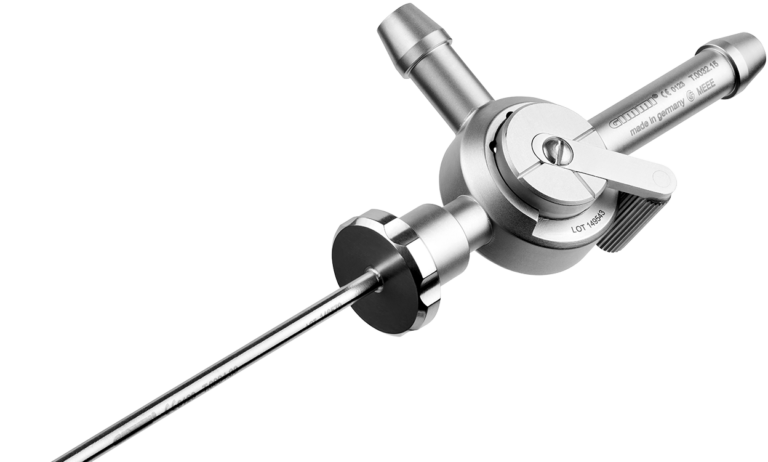 Microinvasive Instruments
Microinvasive Instruments
Discover the state of the art in laparoscopy with our microinvasive instruments. Designed for precision and minimal invasiveness, these instruments are revolutionizing the surgical approach, offering unparalleled precision and access. Enter a new era of fast, precise and minimally invasive surgery with our innovative microinvasive instruments.
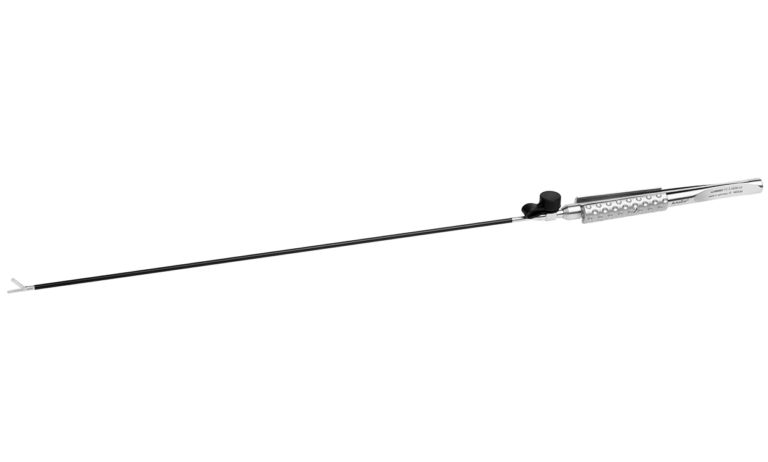 AlphaDur® Fortis
AlphaDur® Fortis
Embark on a journey to the forefront of laparoscopic surgery with our state-of-the-art microinvasive instrument. Designed specifically for delicate procedures, its precision minimizes tissue trauma and promotes a quick recovery. With almost imperceptible scarring, this instrument is the definition of innovation in laparoscopic surgery, prioritizing both effectiveness and patient well-being.
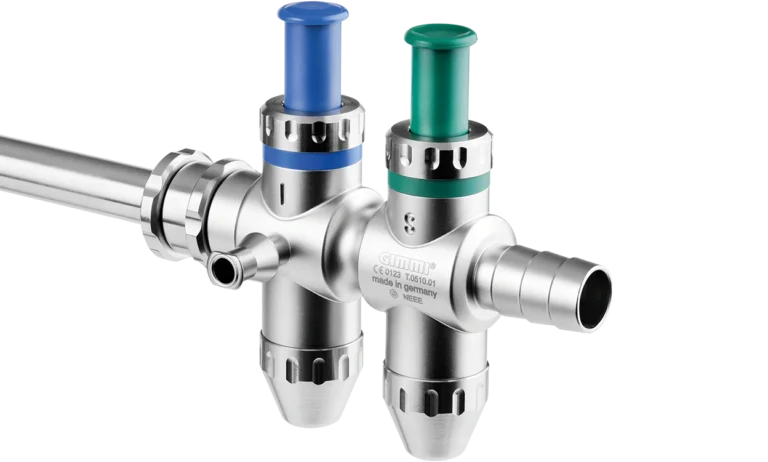 Suction and Irrigation instruments
Suction and Irrigation instruments
Suction and irrigation instruments are used to remove fluids and debris from the surgical field during laparoscopic procedures. They include silicone suction tubes, trumpet valves, and various handle types to facilitate effective suction and irrigation.
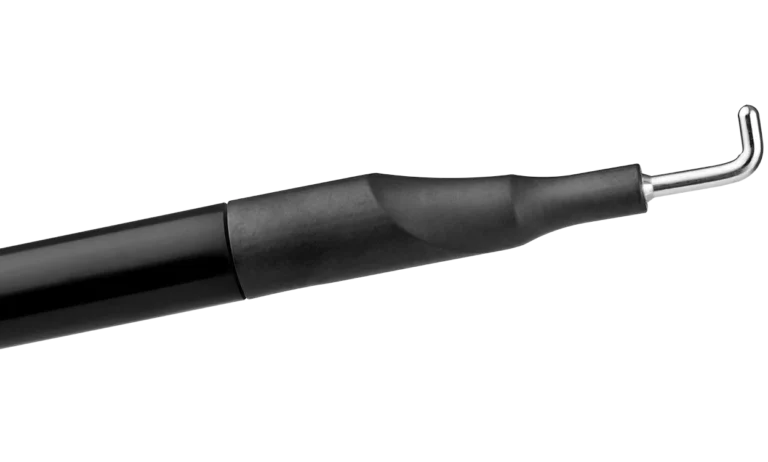 Monopolar and Bipolar Electrodes
Monopolar and Bipolar Electrodes
Monopolar and bipolar electrodes are specialized tips that can be attached to monopolar or bipolar instrument systems, respectively. The exchangeable tips allow for versatility and customization based on the procedure requirements.
 Needle Holder
Needle Holder
Our advanced needle holder for laparoscopic procedures is engineered for precision and comfort. Crafted with a lightweight aluminum handle and a modular system for cost optimization, it offers superior needle grip and control. Available in various lengths and diameters for different surgical use and finished with a matted surface for enhanced grip, our needle holder sets a new standard in laparoscopic surgery.
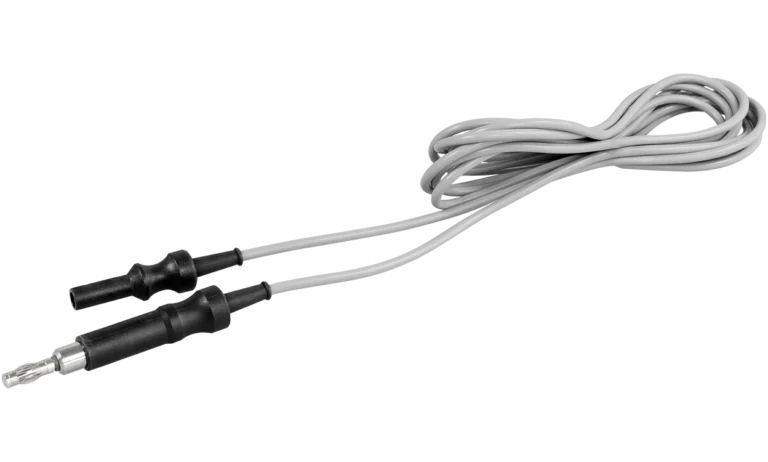 HF-Cables
HF-Cables
HF-cables, also known as high-frequency cables, are connecting cables that transmit electrical energy from a generator to the laparoscopic instruments. They provide the necessary energy for the monopolar and bipolar instruments to perform cutting, coagulation, and other functions.
Benefits of our Laparoscopy instruments
Due to laparoscopy, surgeries require smaller incision compared to open surgeries. Our laparoscopy instruments offer:
Reduced risk of infection and a faster recovery time
User-friendly
Increased efficiency
Cost-effectiveness
Improved cosmetic outcome
Enhanced patient safety
Though laparoscopy instruments may seem like a substantial up-front investment, they can ultimately lead to cost savings by minimizing the need for re-treatment in the long term, unlike single-use products.
-
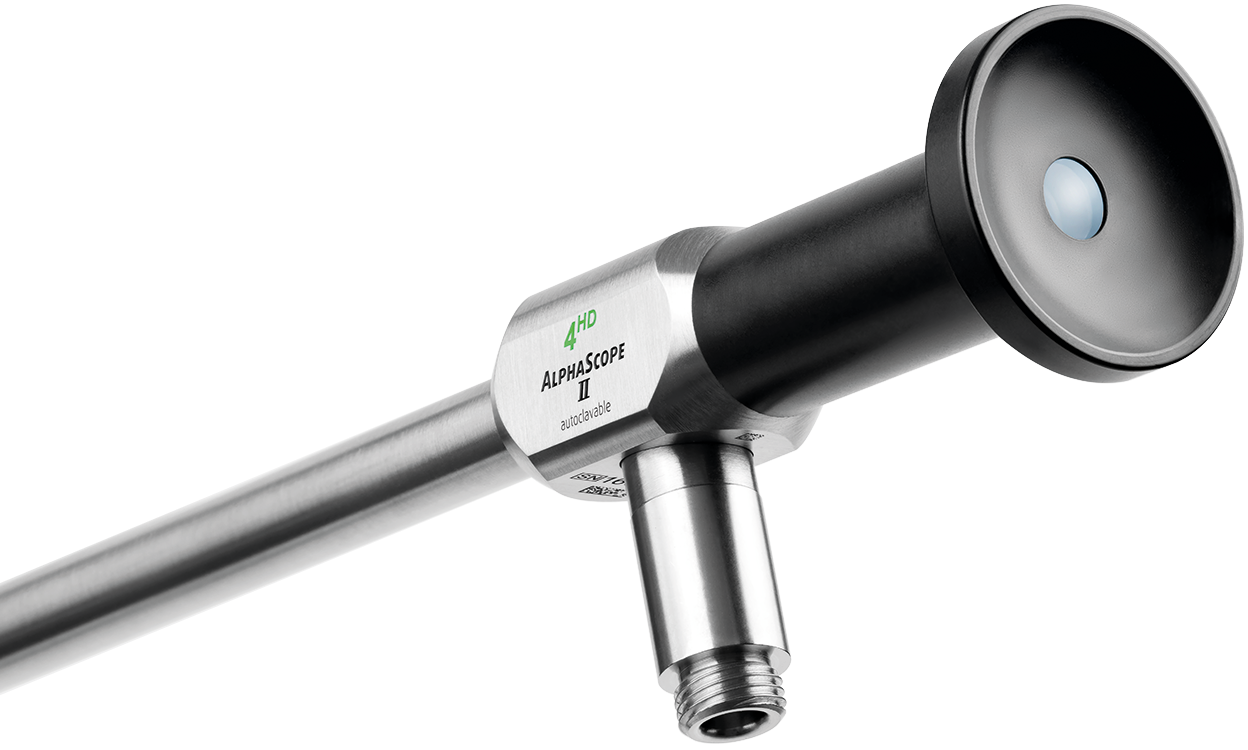
AlphaScope™ 4HD
For laparoscopy we offer high-quality scopes with 4K image in 5,5- and 10-mm diameter. These scopes contain exceptional brightness and detail reproduction. Thanks to the rod lens system, you can reach color contrasts and focus up to the edges. The end of the glass offers a high level of scratch resistance, as it is coated with sapphire. In addition, we provide 2 years of warranty.
-
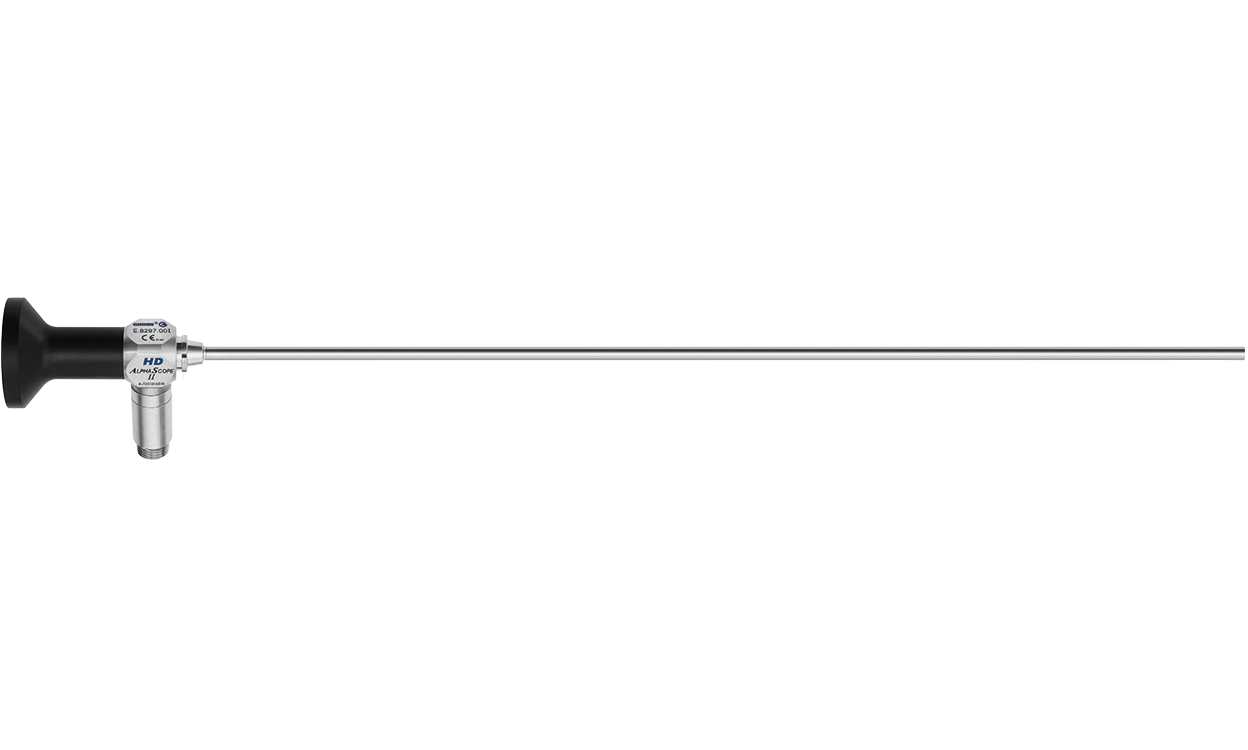
AlphaScope™ II
With our high-quality endoscopes in full HD imaging, you benefit from excellent exposure and detailed images. Thanks to the rod lens system, high color contrasts are created. You can also focus the image right up to the edges. The use of sapphire glass (proximal and distal) ensures high scratch resistance. We also offer a 2-year guarantee.
-
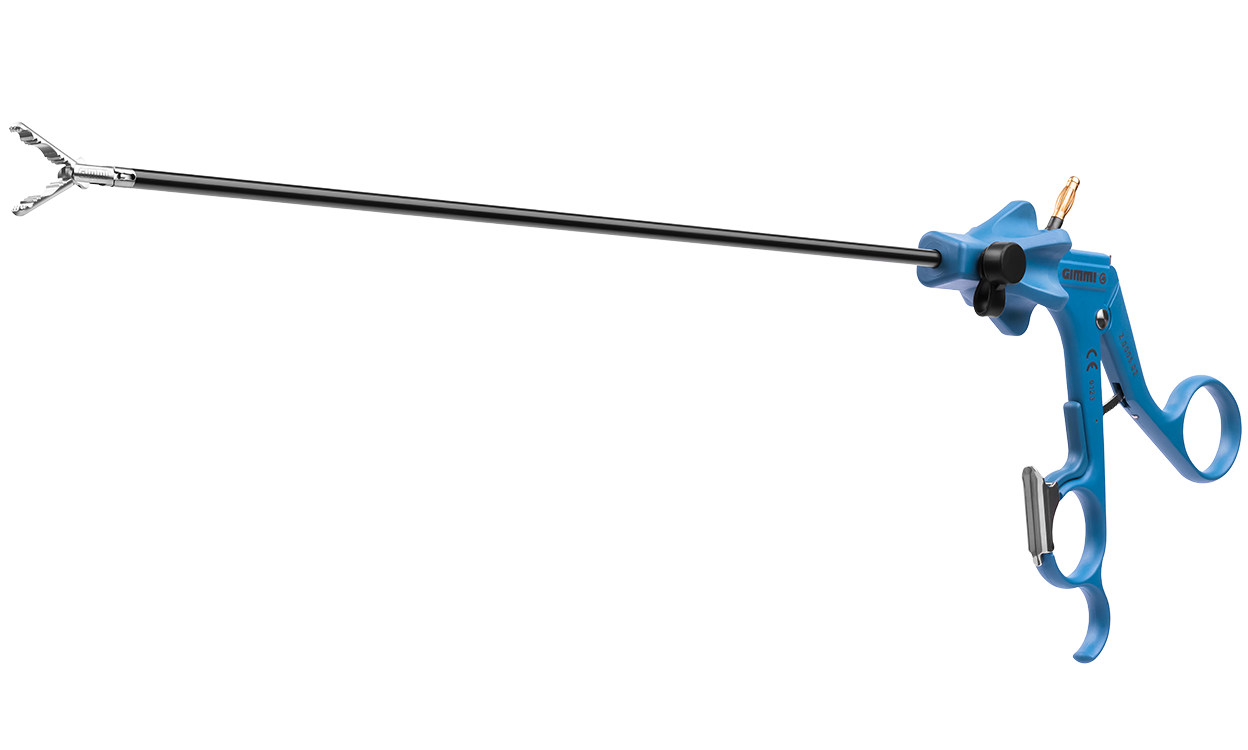
AlphaQuick
Our rotatable, monopolar instrument is designed for easy handling. The handle is lightweight and ergonomic, can be used with one hand and offers various components. Thanks to our Gimmi Easy Rotation, it can be rotated 360° and is therefore versatile.
-
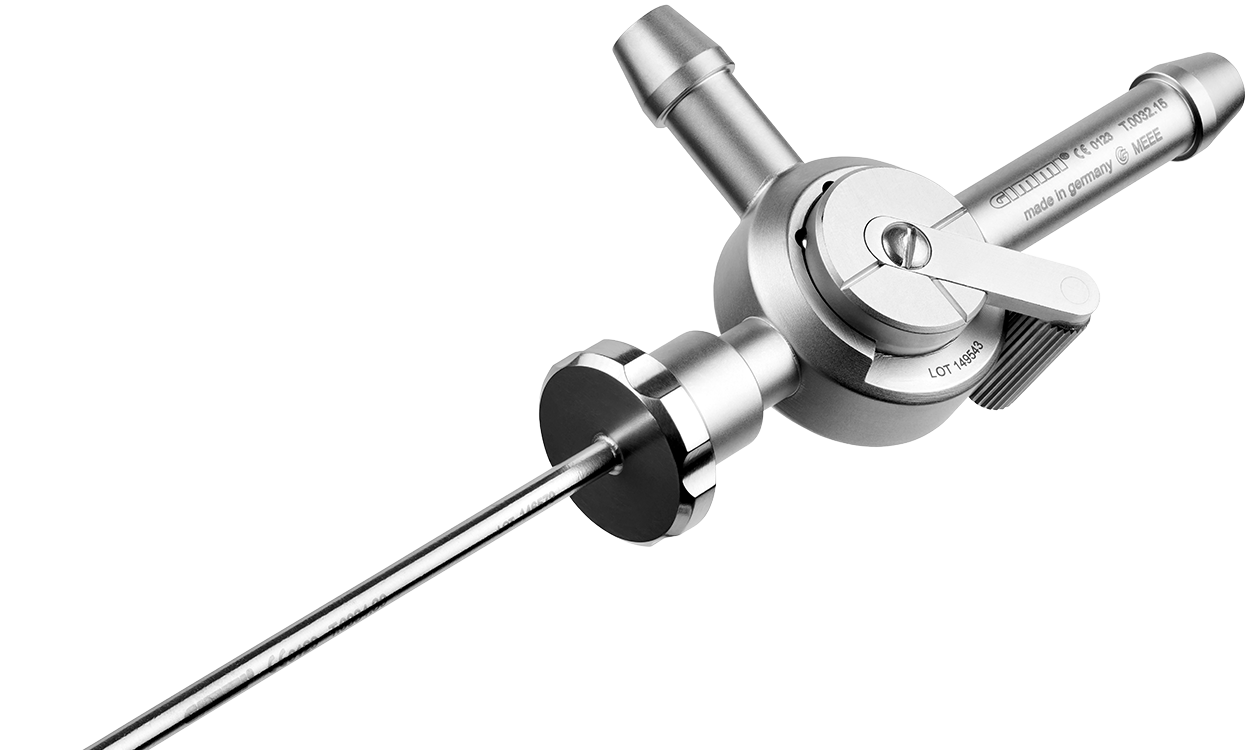
AlphaDur® System
The AlphaDur system consists of instruments with a diameter of less than 3 mm, including AlphaDur Classic, AlphaDur Fortis, Incision Pick, Trocar Systems, Hook-Electrodes, Suction/Irrigation, Manipulator, Hernia Mesh Hook, Liver Retractor, AlphaActiveGrip Micro, and Endoscopes.
-
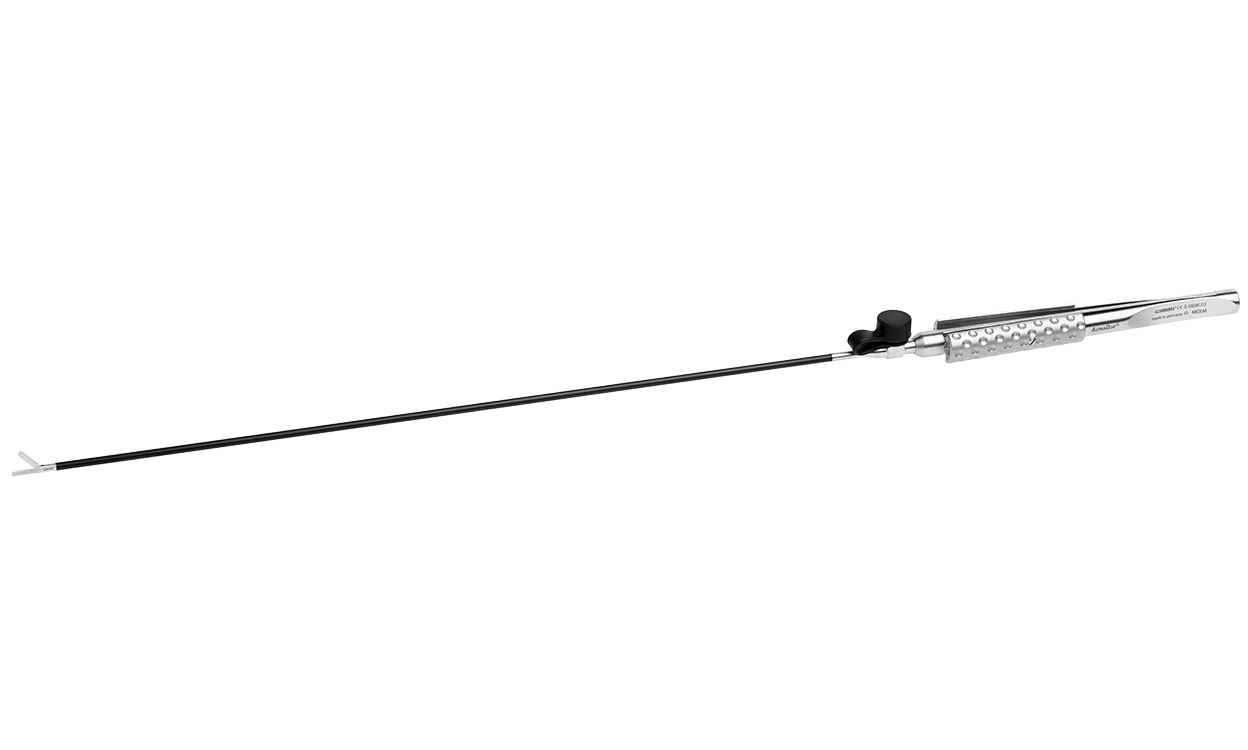
AlphaDur® Fortis
Our AlphaDur® Fortis line is a 2.7 mm microinvasive instrument, made of durable material, for extremely precise and delicate applications. We offer different handles, as well as the option with rings or without rings and various tip designs. Its grasper is more stable than the AlphaDur® Classic and offers almost scarless surgeries.
-
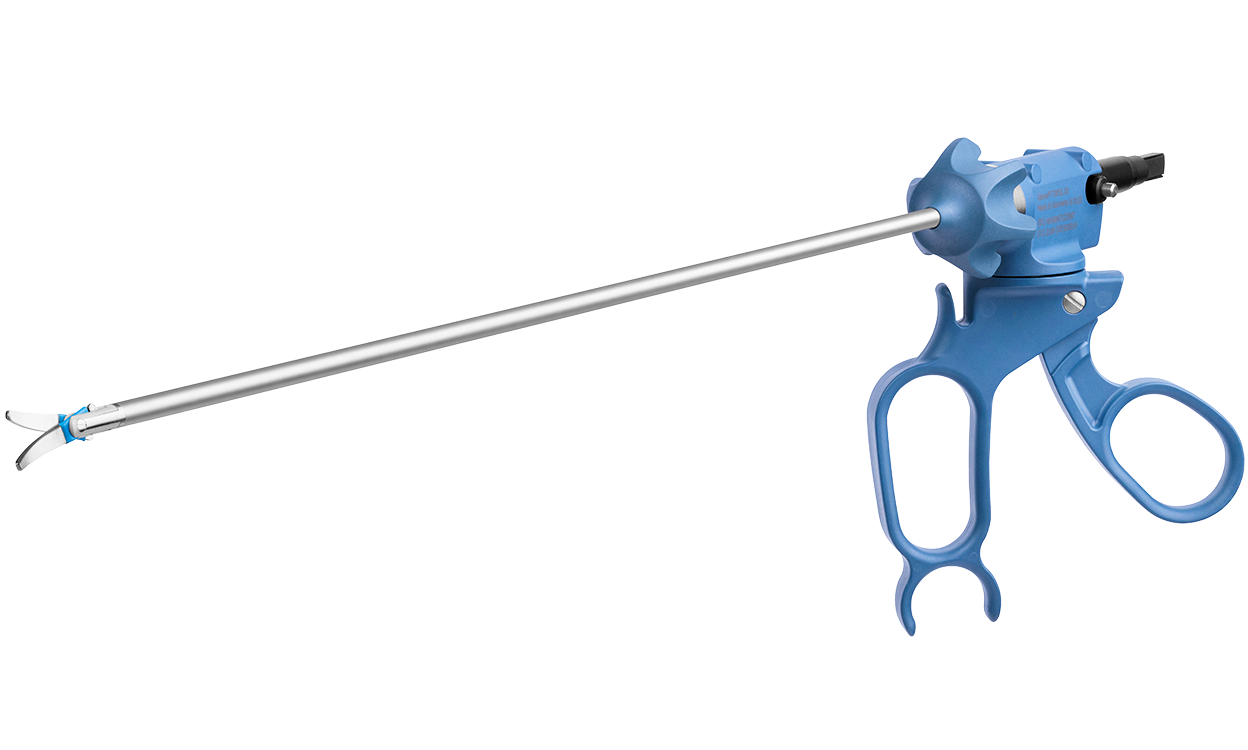
AlphaActiveGrip Ergo
The bipolar instrument line AlphaActiveGrip Ergo is available in 5- and 3-mm diameter and with several different inserts. The bipolar technique is very safe due to the fact of the short current path inside the human body.
-
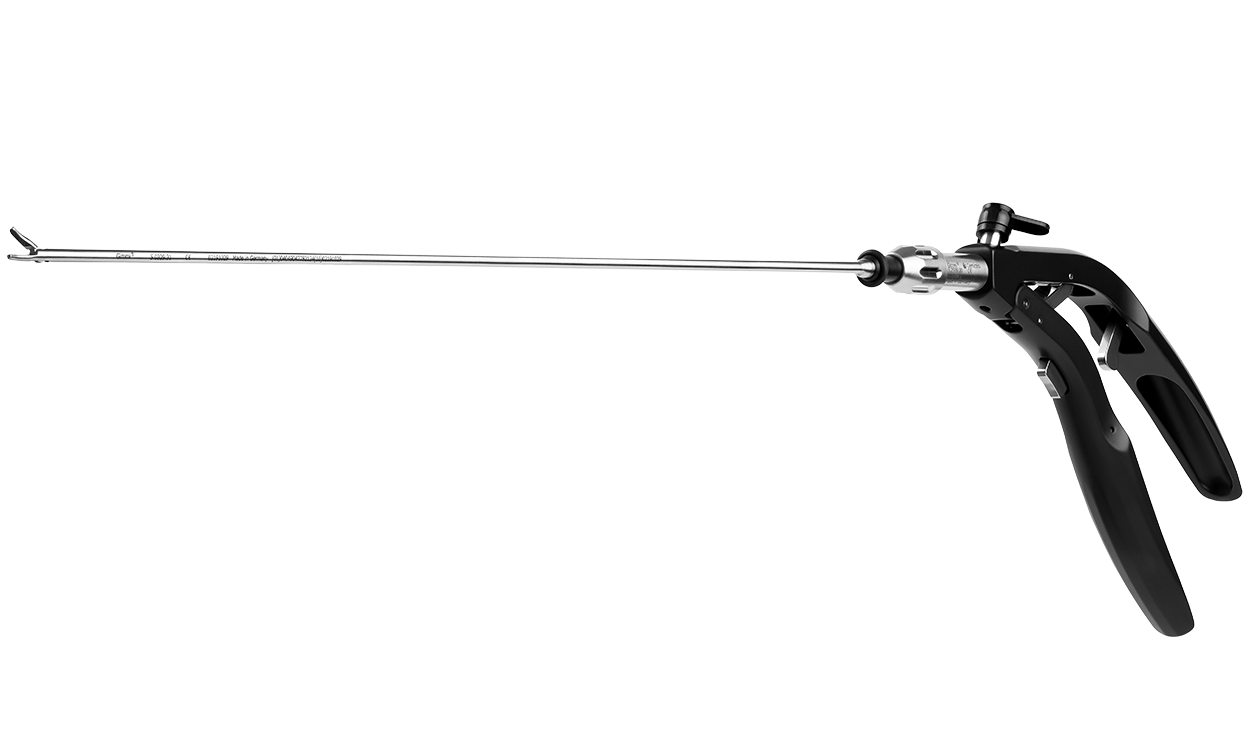
Cernicalo Needle Holder
For top-class suturing, our needle holder is adaptable to various handles. You only got one instrument and get multiple tools whether for standard, bariatric or pediatric surgeries. It locks precisely and is suitable for the AlphaDur system.
The quality of the products has convinced me and my team for many years. With a diameter of 2.7mm, the filigree instruments are unique, especially in minimally invasive surgery.
Prof. Dr. med. Henning Niebuhr
Specialist in surgery and visceral surgery

FAQs to our
Laparoscopy Instruments
Get answers to common queries about our laparoscopy instruments. Our commitment to transparency and customer satisfaction drives this resource. Explore the world of laparoscopy with Gimmi, where innovation meets clarity. If your questions persist or if you seek further clarification, our team is ready to assist you. Your journey into laparoscopic excellence begins here.
How do I maximize the lifespan and performance of laparoscopy instruments?
- Cleaning and Sterilization: Clean the instruments after each use according to the manufacturer’s instructions. Follow appropriate sterilization protocols to ensure the elimination of pathogens and maintain instrument sterility.
- Storage and Organization: Store laparoscopy instruments in a clean and dry environment to prevent damage or contamination. Use designated trays or cases to keep the instruments organized and easily accessible.
- Regular Maintenance and Inspection: Schedule regular maintenance and inspection of laparoscopy instruments to identify any signs of wear, damage, or malfunction. Replace or repair instruments as necessary to ensure optimal performance.
Can laparoscopy instruments be reused?
Yes, laparoscopy instruments can be reused after proper cleaning, sterilization, and maintenance. Following the manufacturer’s instructions and recommended protocols is essential to ensure their safe reuse.
Are your laparoscopy instruments compatible with different laparoscopic systems?
No, our systems are specifically designed. We offer a wide range of various laparoscopy instruments, so you can find every device you need.
